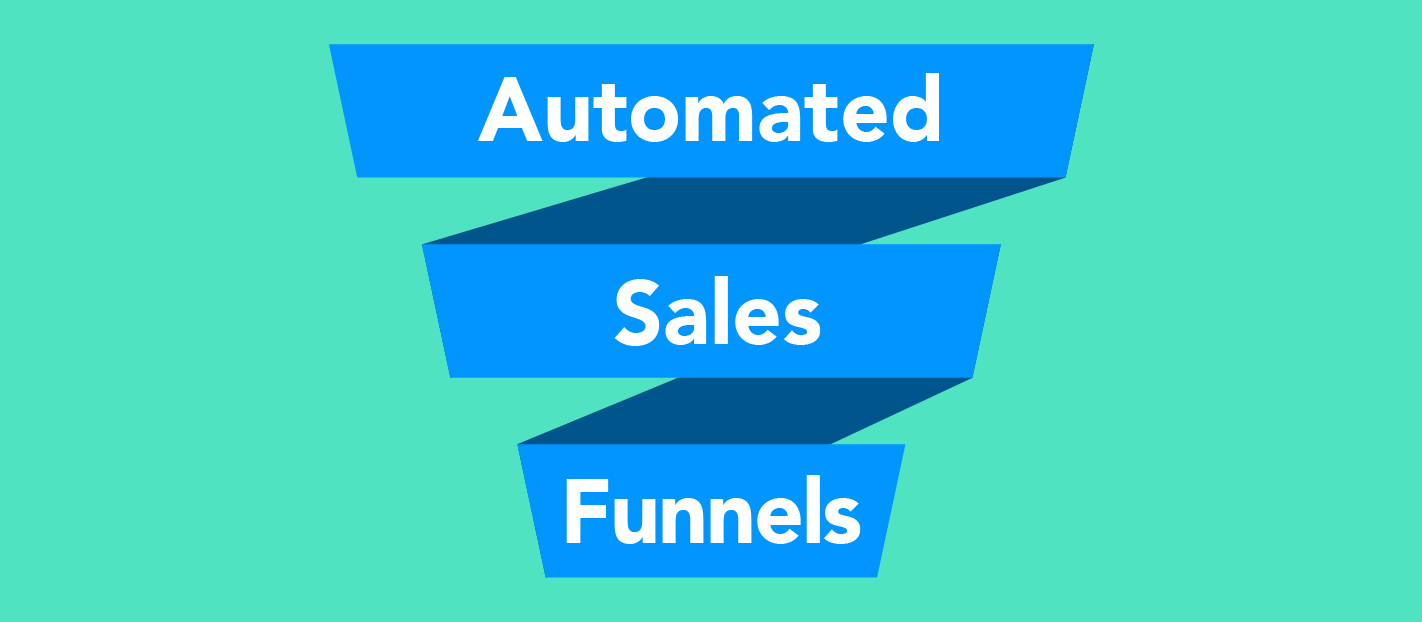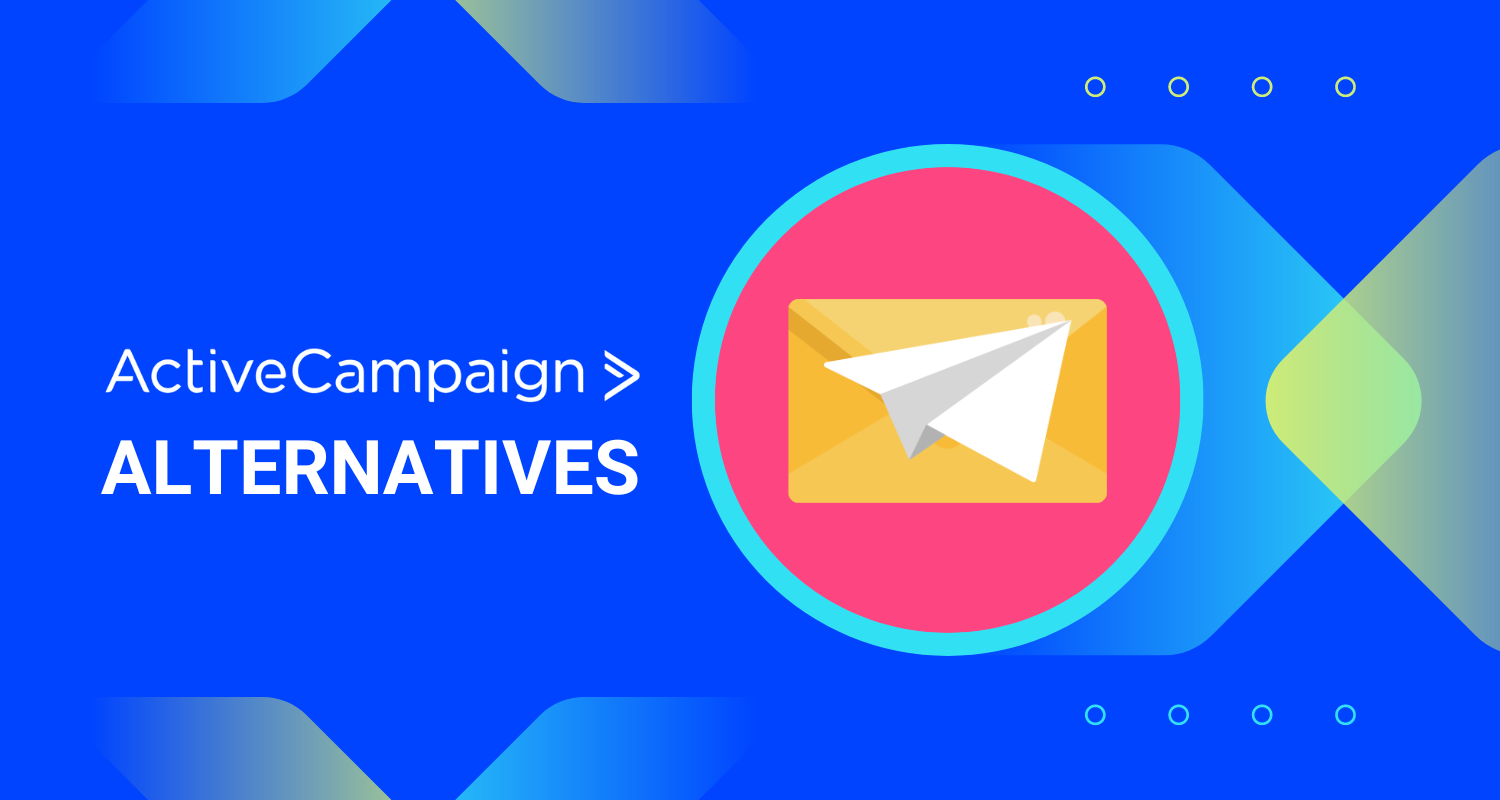
“No thanks, I’m just browsing…”
It’s a response most of us have used when entering a store for the first time and are approached by a salesperson. If it is our first visit, the likelihood is we want to get a feel for the brand, understand the products and see if they offer a solution to the problem we have.
The reality is that this is no different when we are online.
According to a study released by Episerver, 92% of consumers visiting a website for the first time aren’t there to buy. 45% are searching for a product or service, and one-quarter are comparing prices or other features. More than one in 10 are looking for contact details.
However, this data goes against the approach of most websites. Most website’s usually offer visitors a horrible first visit experience. Visitors are typically bombarded with popups and offers to try to convert them into a sale on that first visit.
By trying to convert every visitor to customers on their first visit, you are treating that 8% as if they represent the entire demographic of your audience.
A more effective approach is to target the 92% to capture them as a lead and then send them on a lead nurturing journey, so your brand is front of mind when they are ready to make the purchase.
Capture more leads by helping people solve a problem.

Ask yourself: why would a website visitor give you their email address?
Where does the value lie in that exchange? If you’re asking people for an email address in exchange for generic emails to keep them up to date with your brand or products, the value is very much leaning towards you.
Remember that everyone who ends up on your website is initially on a journey for information. They are looking to solve a problem first and foremost. If you can give them tips and content of how to solve their issues with our without your product, you are demonstrating a strong exchange of value and positioning your brand as an expert in the field.
When is the right time to ask?

For the sake of your users, for the sake of your brand, heck, for the sake of the internet, please do not have a popup that takes over the screen the moment that a visitor lands on your page. Without having the time to learn about your brands or products, why would they share contact details?
If you want to create the most effective website, ask people for contact details when they have shown intent. For example, if they’ve viewed multiple products, viewed blog content, or perhaps, have asked a question in live chat.
An everyday use case we get at GoSquared is SaaS platforms searching for a new email automation tool.
Let’s think about the value exchange in this scenario. If we can offer something of value that helps them, like an eBook with advice on sending better onboarding emails, it’s much more likely they would want to give us their information so we can follow up.
Here’s an example of targeting a visitor in GoSquared when they have viewed at least five pages in a session and been on a page for at least 5 seconds

We choose to use a discreet chat prompt that offers a link to download an ebook.

Hey {{first_name}}…

Once you’ve captured the information of your leads, you’re going to want to create an automated sales funnel.
Automating your workflows should be about saving time in the right places and not removing personalised touch of your correspondence. The more relevant your communication to the recipient, the move value they’ll take from it.
To make the communication effective, it needs to be targeted and personalised. If you take a “spray and pray” approach, all of your lead capturing efforts will be in vain as people will start unsubscribing the moment they receive them.
Remember, when sending automated communication, less is always more.
Start by segmenting your users to build smaller target groups. Targeted email campaigns are proven to increase open rates by up to 25%.
Be specific with your targeting. It’s not compelling enough to lump every person who gave you an email address into one group.
Try this instead: Segment your leads by the type of content they downloaded in exchange for your email address — for example, those who downloaded our eBook: Email Automation for SaaS Businesses.

What should you send?
So, you’ve segmented your leads.

What you want to send them is just as important as who you are sending it to. This is where your personalisation and customer knowledge comes into play. You’ll want to send your group a sequence, or series, of emails that are fitting for the length of their purchase journey.
For the software buying process that can be anywhere from approximately 2 – 7 months, depending on how many people are involved and how big the company is.

When considering the content for your emails, try to mirror the purchase journey.
In your initial emails, continue sending useful content to help them solve the problem they have. For example, in our Email Automation use case, we could include a link to a related blog post we have created that guides you through how to create an automated email campaign that converts free trial users.
Hey {{first_name}},
Thanks so much for downloading our E-Book, Email Automation for SaaS Business, how have you found it? Another piece of content our SaaS customers find really useful is our ‘Welcome Emails for SaaS businesses‘.
Feel free to check it out and let us know what you think! Enjoy!
As you get closer the end of that purchase journey, you can bring them information that they are most likely searching for. This requires a bit of upfront work on understanding your customer’s journey. For example, 75% of B2B software buyer consult online reviews before purchasing business software. If you’re in a position to, you can send them links to third-party review sites.
Hey {{ first_name}},
Are you still looking for a tool to improve your current email automation? If so, feel free to check out the review of ours (and others) on G2 Crowd.
Hope it helps, but if you have any more questions, please do not hesitate to let us know!
Cheers!
By delivering useful content to them as well as information they will most likely be searching for during their purchase journey, you’ll benefit from both an improved perception of your brand and a shorter purchase journey.
Experiment and Iterate

One of the biggest benefits with setting up an automated sales funnel can also be one of the biggest challenges.
Automated sales funnels can be so easy to set up, and it can become a case of setting it and forgetting it. However, you’ll want to make sure you consistently monitor your key metrics, like open rates, to make sure your campaigns are doing the job you expect. Looking at these metrics on a bi-weekly basis can let you experiment with different copy in your emails and subject line.
If possible, you’ll also want to monitor which of your leads received, opened, and interacted with your emails so if need be you can follow up manually if they are looking like a very hot lead.
With all that said, the biggest obstacle is usually just getting started. Hopefully, though, this post will put you in an excellent position to get off the starting blocks. So go ahead and start creating your first automated sales funnel today to start capturing more of that 92%!



